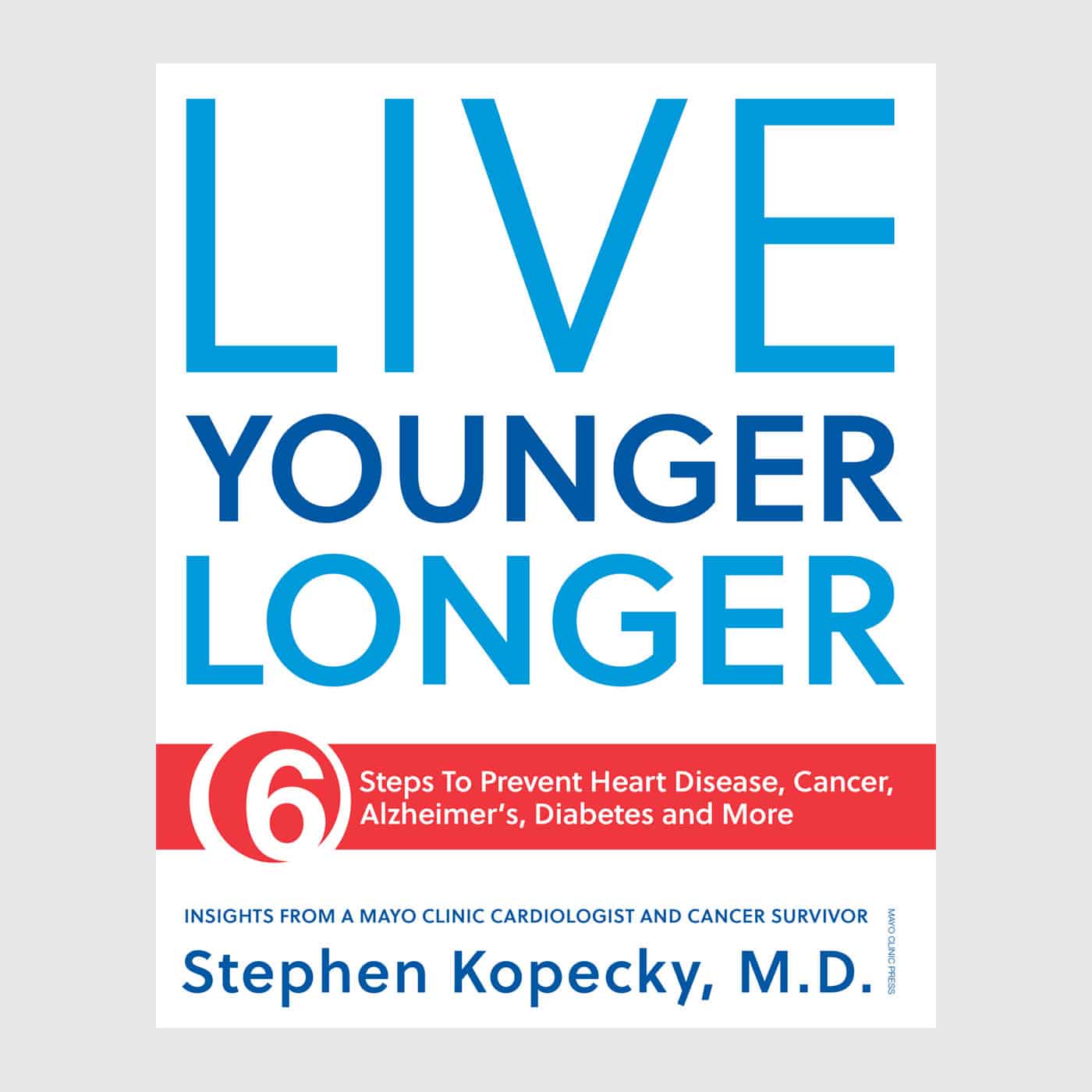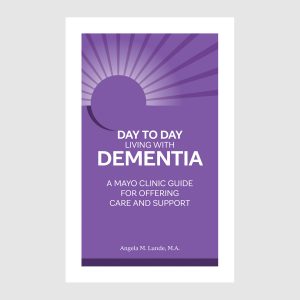
Mayo Clinic does not endorse companies or products. Advertising revenue supports our not-for-profit mission.
If you’ve recently been diagnosed with human epidermal growth factor 2 receptor (HER2)-positive breast cancer, you likely have many questions and concerns.
For one, what does it mean to have HER2-positive breast cancer? How does this type of breast cancer differ from other types of breast cancer? What treatments are involved? Perhaps most importantly, how does the HER2 status affect your prognosis?
Several decades ago, this fast-growing form of breast cancer was associated with higher recurrence rates and lower survival. However, newer treatments have transformed the outlook for most patients with HER2-positive breast cancer in recent years, says Mayo Clinic oncologist Ciara O’Sullivan, M.B., B.Ch.
“Thirty years ago, when we didn’t have the medications that we have now, this was an aggressive type of breast cancer, with a less favorable prognosis,” says Dr. O’Sullivan. “Now that we have multiple therapies that can effectively treat these cancers, we’re actually encouraged when we see the HER2 marker on breast cancer cells.”
What is HER2-positive breast cancer?
In the 1980s, scientists learned that breast cells with a HER2 gene changes pumped out proteins that accelerate the growth and spread of cancer. Eventually, researchers were able to link these proteins to about 20% of breast cancers.
If you’ve been diagnosed with HER2-positive breast cancer, your cancer cells either have extra copies of the HER2 gene or increased expression of the HER2 protein on their surface.
Though HER2-positive cancers tend to grow and spread faster than HER2-negative cancers, they also are more likely to respond to treatment.
How is HER2-positive cancer diagnosed?
To better understand someone’s breast cancer, an oncologist does a biopsy. This involves removing a sample of breast tissue and sending it to a lab for analysis. Once the tissue is in the lab, a pathologist uses specialized techniques to see if the cells have higher than typical levels of the HER2 protein.[5]
What is the prognosis with HER2-positive breast cancer?
A tumor’s HER2 status is one piece of information that helps your healthcare professional to understand your prognosis. Other factors include the tumor type and size, hormone receptor status, proliferation factors, and how much the cancer has spread.
Historically, overexpression of the HER2 receptor protein was associated with an increased risk of disease recurrence and an overall worse prognosis.
However, modern treatments that specifically target HER2 are so effective that the prognosis for HER2-positive breast cancer is usually good.
“Chemotherapy and HER2-targeted therapies have improved overall survival by 30% and have reduced the risk of recurrence by 50%,” says Dr. O’Sullivan.
How is HER2-positive cancer treated?
To determine the best treatment approach, you and your healthcare professional consider many factors, including:
- The type, stage, grade and tumor markers of your cancer.
- Your age.
- Your life situation.
- The size and shape of your breasts.
- Your feelings about your body.
This information helps your healthcare professional customize your treatment plan to your specific needs. Most people with breast cancer undergo surgery to remove the tumor, along with chemotherapy and radiation.
In addition to those standard treatments, your healthcare professional may suggest taking a medicine or medicines that target the HER2 protein, says Dr. O’Sullivan. Sometimes, these targeted treatments are given along with chemotherapy or antihormonal treatments.
These include the following classes of medicines:
- Monoclonal antibodies, such as trastuzumab (Herceptin), pertuzumab (Perjeta), and margetuximab (Margenza), that attach to HER2 receptors on cancer cells, stopping them from receiving signals. Monoclonal antibodies also engage the body’s immune system to destroy cancer cells.
- Tyrosine kinase inhibitors, such as lapatinib (Tykerb), neratinib (Nerlynx) and Tucatinib (Tukysa), block the protein Kinase, which can help stop cancer growth.
- Antibody-drug conjugates (ADCs), such as ado-trastuzumab emtansine (Kadcyla) and fam-trastuzumab deruxtecan-nxki (Enhertu), that neutralize HER2 cancer cells.
How long will treatment last?
The length of your treatment will depend on the type of cancer.
If your tumor is smaller or the cancer hasn’t spread beyond your breast and armpit, your treatment will be shorter than if cancer has spread to other parts of the body. You may undergo a period of more intensive treatment that includes surgery, chemotherapy, HER2-targeted therapy and radiation. Then, you’ll likely spend a year in maintenance therapy during which you remain on HER2-targeted therapy. Because the maintenance phase does not include chemotherapy, many people find it easier to manage.
On the other hand, if your tumor is inoperable or has spread beyond the breast and armpit to other parts of the body, you may have a much longer treatment period, switching from one treatment to another depending on how well you tolerate side effects, as well as how long your cancer responds to each regimen.
Mayo Clinic does not endorse companies or products. Advertising revenue supports our not-for-profit mission.

Relevant reading
Live Younger Longer
Most of us want to live a long, healthy life, but how do we do that? Drawing upon lessons from his own life, Mayo Clinic cardiologist Stephen Kopecky offers a holistic, evidence-based approach to preventing common diseases and chronic illnesses and living a longer life of pleasure and purpose.





















